Musculoskeletal Longevity: The Blueprint for a Strong, Pain-Free Life
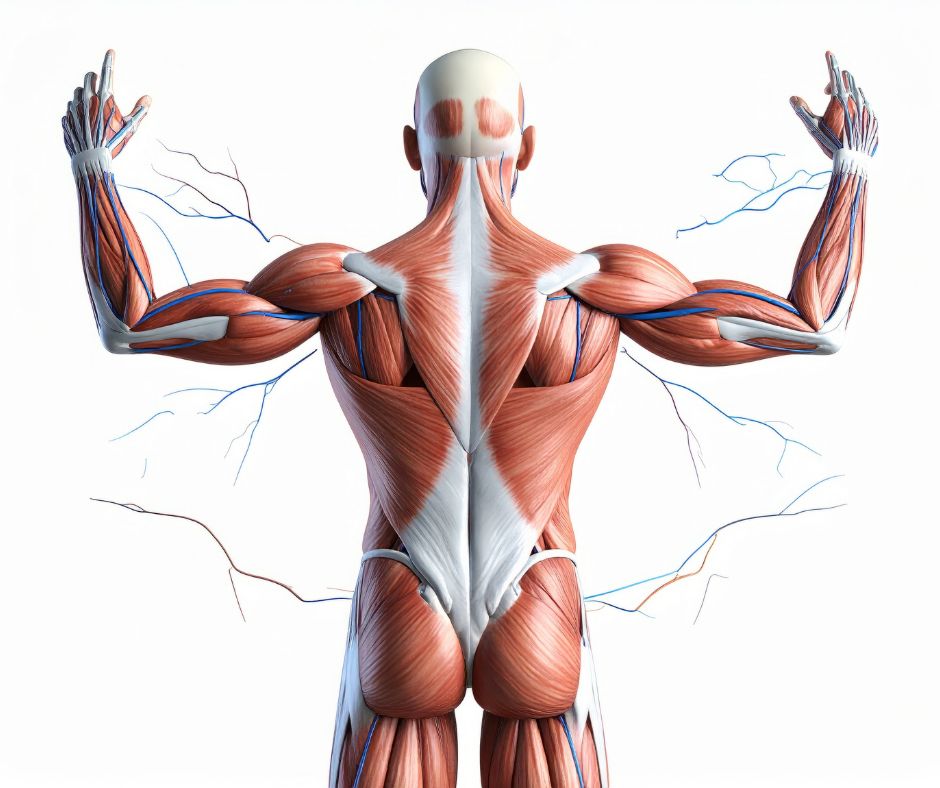
Posterior view of the human muscular system with detailed illustration of back, shoulders, arms, and gluteal muscles, including visible nerves and veins.
What if living longer didn’t have to mean becoming weaker? Musculoskeletal longevity is about living strong and mobile years, not just adding years to life. In the pursuit of longevity, many focus only on lifespan, the number of years we live. However, modern geromedicine urges us to shift our attention to healthspan, the quality of those years. In fact, nowhere is this more important than in our musculoskeletal system. True longevity means not just extending years, but adding life to those years with the strength, mobility, and independence to enjoy them fully.
Musculoskeletal Longevity: Healthspan vs. Lifespan
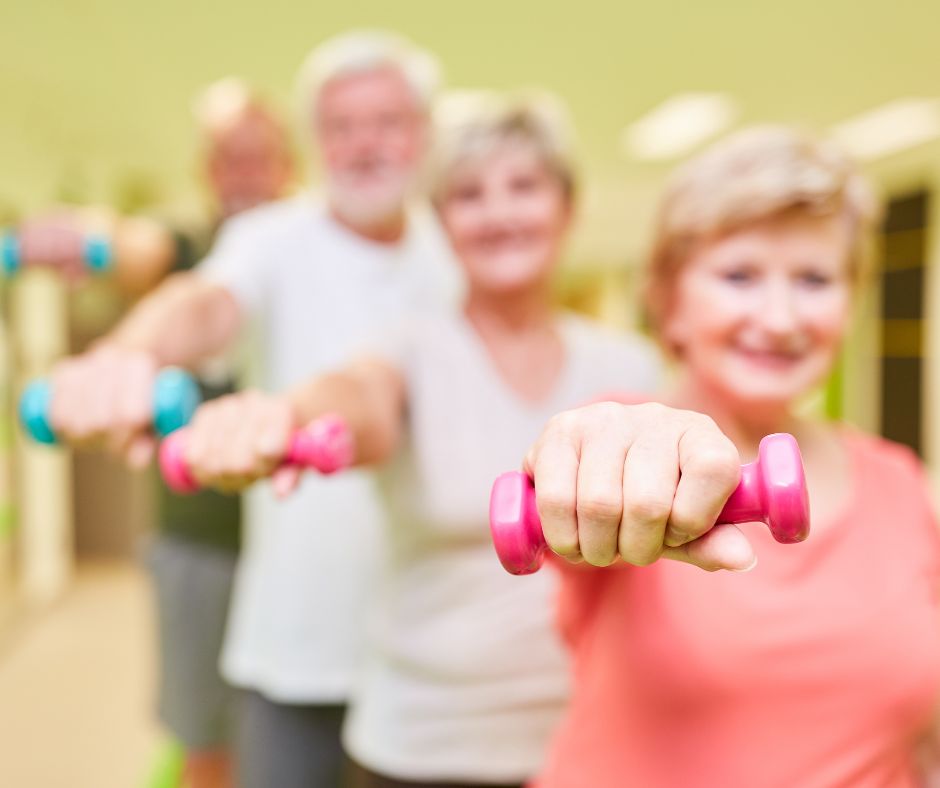
Older adults using dumbbells to exercise
Our musculoskeletal system — bones, muscles, tendons, and ligaments — is the basic framework of our body. While lifespan is a simple number, musculoskeletal healthspan measures functional capacity. It answers the question: Will my body allow me to do what I love for as long as I live? In practical terms, a long healthspan means keeping strength and preventing frailty. As a result, it reduces falls, fractures, and the loss of independence that often define a long but limited life. In short, musculoskeletal longevity preserves both years and quality of life.
Exercise for Musculoskeletal Longevity
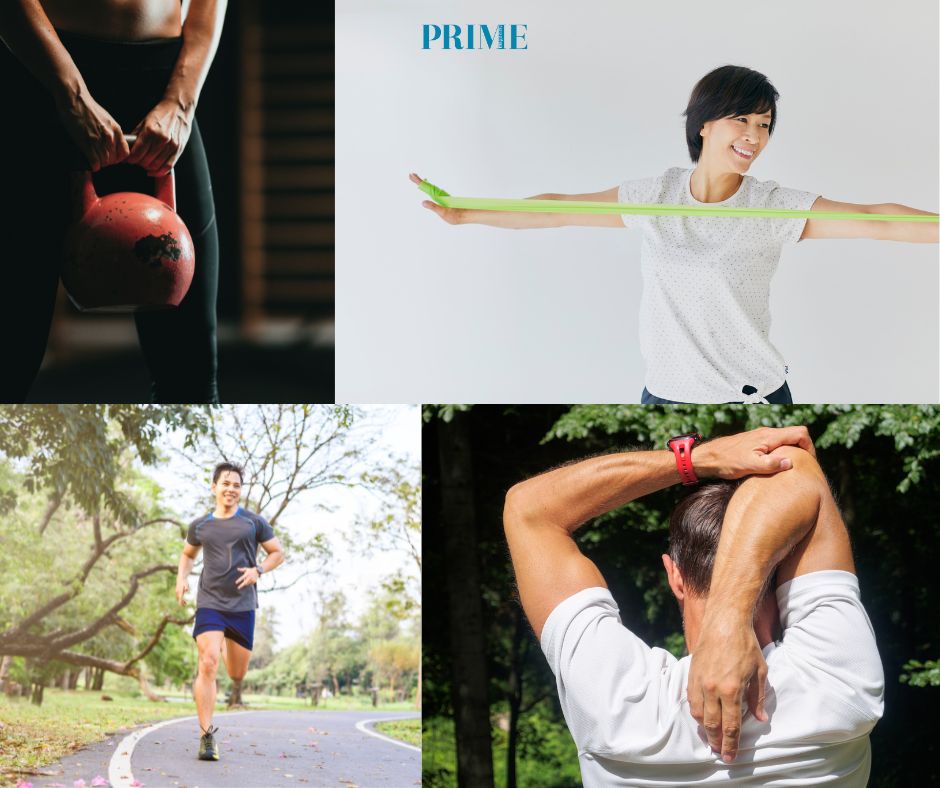
Exercise for Musculoskeletal Longevity: Weight lifting, Resistance bands, running
Achieving musculoskeletal longevity requires a balanced approach to movement. Relying on just one type of exercise is not enough. Instead, the key is a careful balance of three pillars:
-
Resistance Training: The cornerstone for building and keeping muscle mass and bone density. It is the main defence against sarcopenia and osteoporosis. Examples: weightlifting, resistance bands, or bodyweight training.
-
Stretch-Based Exercise: Vital for flexibility, joint mobility, and posture. This ensures strong muscles can move fully without pain. Examples: yoga, Pilates, dynamic or static stretching.
-
Cardiovascular Exercise: Supports heart health and circulation. In turn, this helps deliver oxygen and nutrients to muscles and bones. Examples: brisk walking, cycling, or swimming.
Therefore, a healthy week could include two to three days of resistance training, daily stretches, and 150 minutes of moderate cardio. This exercise triad forms the base of musculoskeletal longevity at every stage of life.
Sarcopenia and Musculoskeletal Longevity
The greatest threat to musculoskeletal healthspan is sarcopenia, the age-related loss of muscle mass and strength. It is not automatic. Rather, it develops due to several risks: sedentary lifestyle (use it or lose it), too little protein, hormonal changes, chronic inflammation or disease, and prolonged bed rest. The effect of sarcopenia is serious. For example, muscle loss can begin after only two weeks of rest. As a result, the body grows weaker. Next, fear of movement may set in. Over time, this cycle leads to frailty. Finally, many lose their independence. Musculoskeletal longevity depends on breaking this cycle early.
Sleep and Recovery in Musculoskeletal Longevity
Exercise provides the trigger for growth, but repair happens during recovery. Sleep is the most powerful recovery tool. During deep sleep, the body releases growth hormone, which repairs muscle and strengthens bone. On the other hand, poor sleep raises cortisol, increases inflammation, and slows recovery. Therefore, it speeds up musculoskeletal decline. Getting seven to nine hours of quality sleep is not a luxury. Rather, it is a vital pillar of musculoskeletal longevity. In addition, spiritual practices such as meditation or prayer can also support recovery.
Technology and Musculoskeletal Longevity
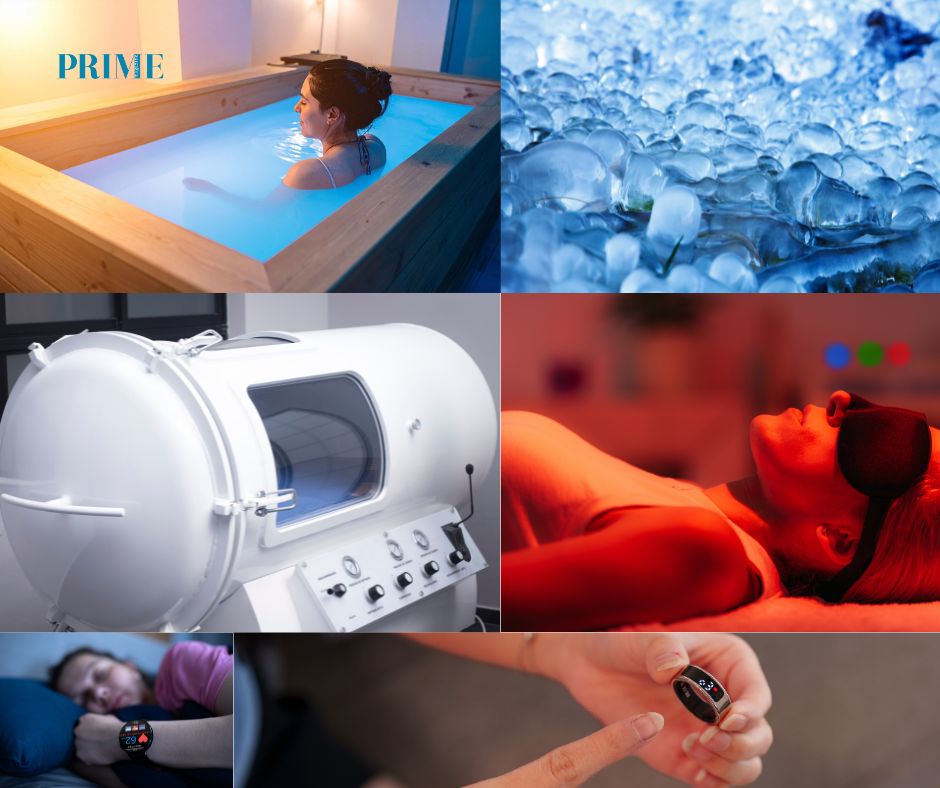
Technology and Musculoskeletal Longevity: Cold plunge, ice bath, Hyperbaric Oxygen Chambers (HBOT), smart watch devices for sleeping, Infrared therapy
Beyond traditional rest, new tools are improving recovery and protecting musculoskeletal health:
-
Contrast Therapy: Switching between hot (sauna) and cold (plunge). This method boosts circulation, eases soreness, and lowers inflammation.
-
Phototherapy (Red Light/Near-Infrared Therapy): Using specific light waves to energise cells. As a result, it reduces inflammation and speeds tissue repair.
-
Hyperbaric Oxygen Chambers (HBOT): Breathing pure oxygen in a pressurised room. This increases oxygen in the blood, heals damaged tissue, reduces swelling, and speeds recovery.
-
Smart Devices: Modern wearables now track more than steps. They monitor sleep quality, heart rate, stress, and rhythm. In turn, this gives real-time insights into recovery and long-term musculoskeletal longevity.
Once reserved for athletes, these tools are now available to anyone who values musculoskeletal longevity.
Conclusion: Build Longevity, One Rep at a Time
Musculoskeletal longevity is not passive. Instead, it is a daily choice to invest in your body. By combining exercise, recovery, and modern tools, we can reshape ageing. Ultimately, the goal is simple: keep strength and vitality in step with your years. That way, you can live fully, powerfully, and without limits. PRIME


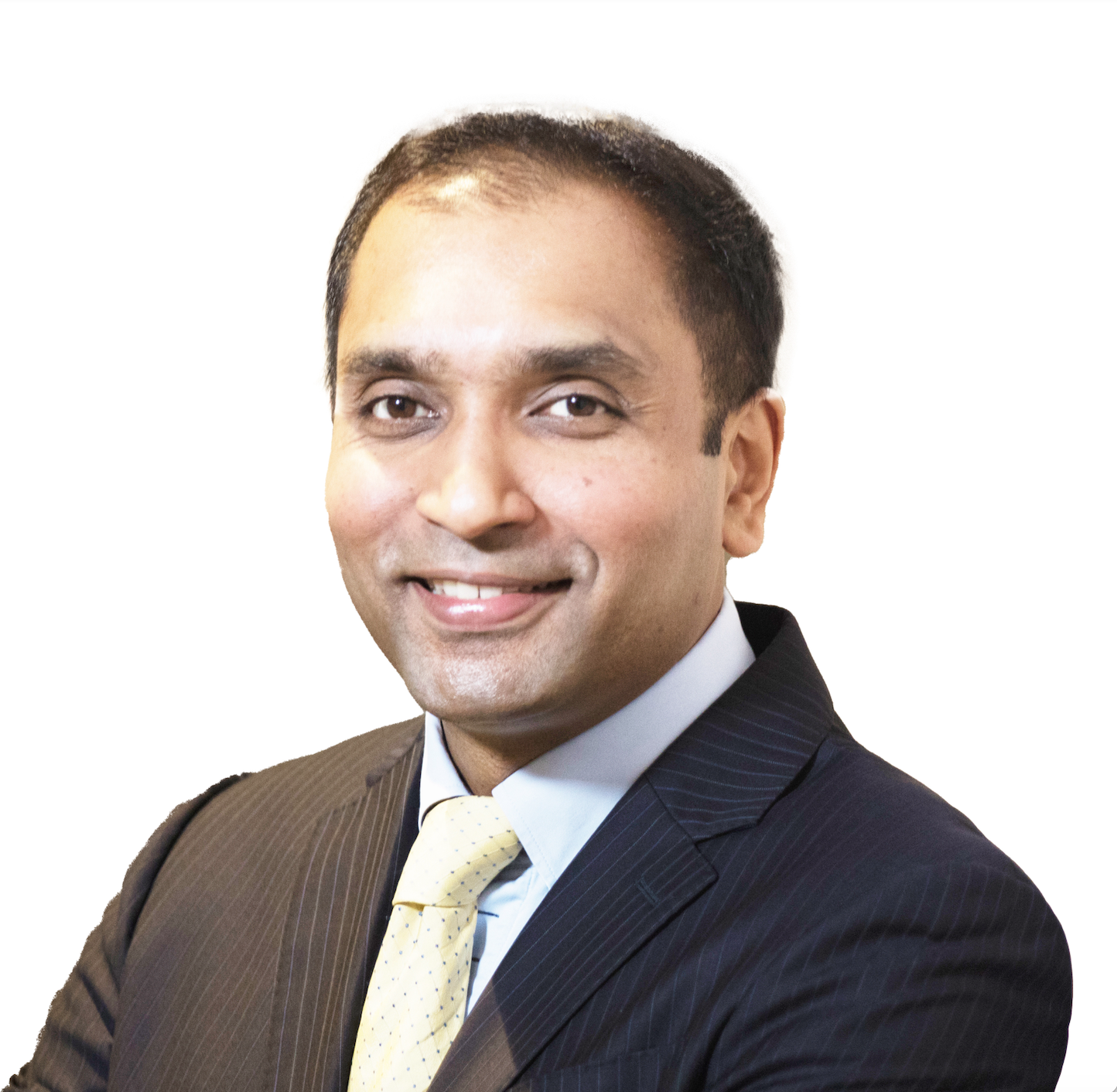









Leave A Comment